This classic Apple Strudel recipe is made with a homemade flaky pastry filled with tender apples, warm spices, and a hint of sweetness. Perfect for any occasion, this Apple Strudel will leave you craving for more.
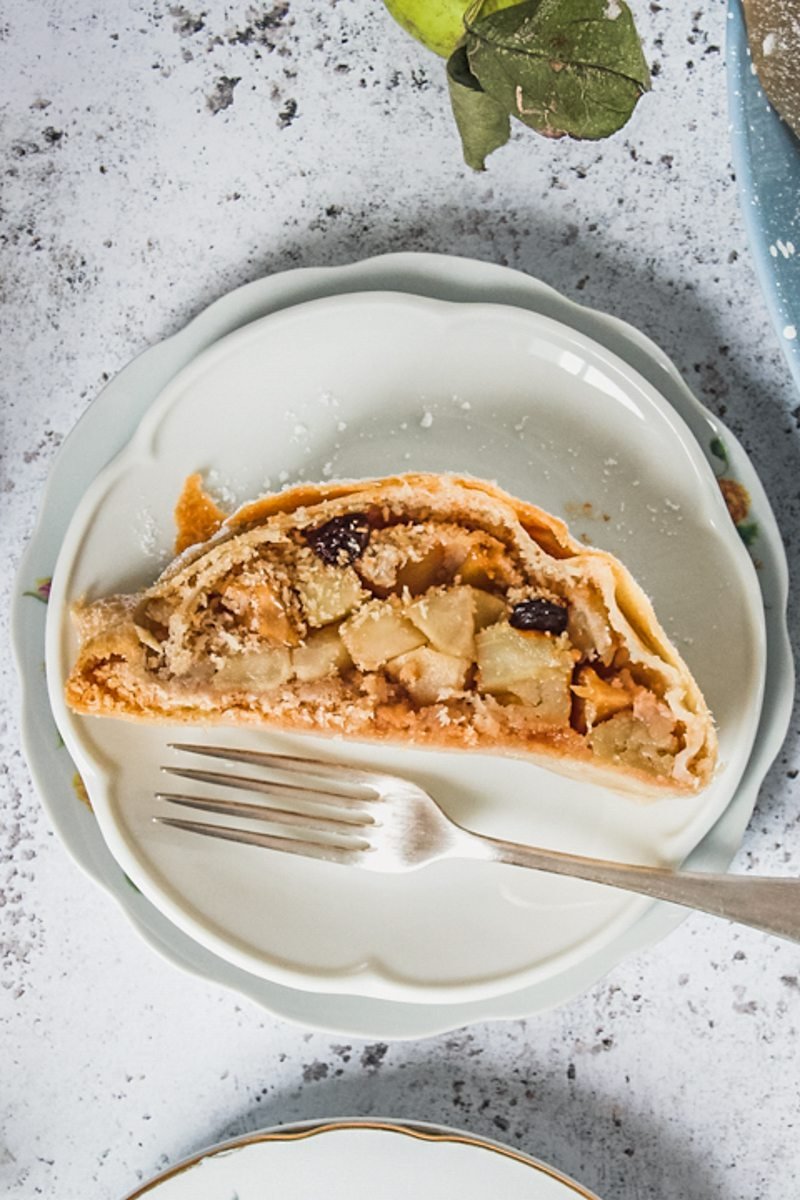
Table of Contents
Before diving into the process of making your own Apple Strudel recipe, it's crucial to understand that the homemade pastry used in this recipe is remarkably forgiving and beginner-friendly.
However, if you prefer a hassle-free option, you can easily substitute with store-bought phyllo pastry. This convenient alternative ensures a seamless baking experience without compromising on the deliciousness of your strudel.
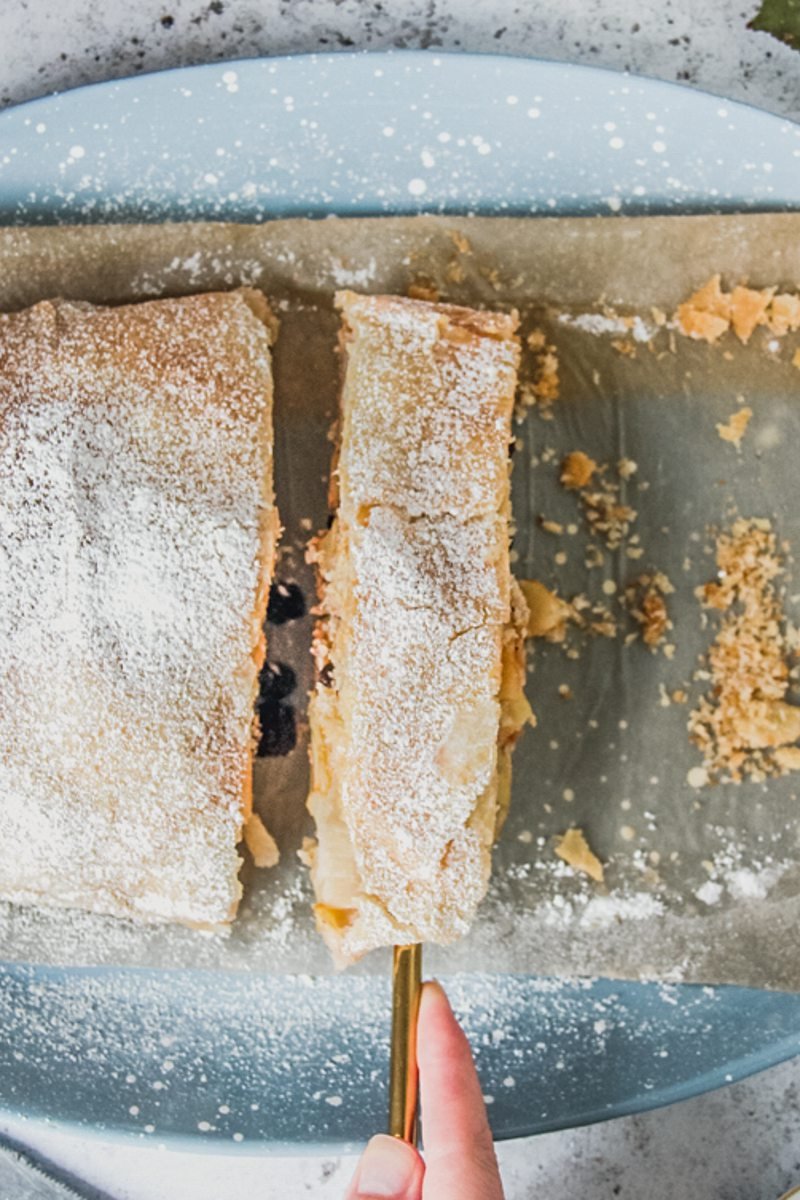
History of Apple Strudel
According to the Federal Ministry Republic of Austria the earliest recorded mention of Apfelstrudel - Apple Strudel is from 1696.
Though the history of the dough likely has its origins in the Middle East as it closely resembles phyllo dough with its incredibly thin texture and the layering that takes place. Different regions of Austria use either strudel dough or puff pastry.
Finding its way into Austrian cuisine via the Balkan countries and Hungary. Due to the naturally high gluten content in Hungarian wheat, (think: dough that is easy to work with) Hungarians became specialists in making strudels. And led the best strudel cooks to exclusively source their flour from the country.
Austrian strudels can be made from a variety of sweet and savory ingredients ranging from apples, semolina, poppy seeds to potatoes or cabbage as a few examples. The apple variety used to make the Viennese apple strudel is so popular that they are named “strudler” apples. Thanks for their large green appearance, tart flavor and firm texture.
Strudel is so apart of Austrian culture that many idioms and proverbs are associated with Apfelstrudel. An old saying goes along the lines that “a cook in love makes the best strudel.”

Ingredients and substitutions for Apple Strudel
- Flour: Plain flour is recommended in most recipes, however, Austrian plain flour has a protein level (what gives baking a firmer crust to your baked goods) of 14%. The average protein level in plain flour in the US is 11% and 10% in the UK. In fact, bread flour has an average protein percentage between 12-13% making it more ideal here, for a couple of reasons. Firstly, we only knead the dough long enough to create a smooth texture. This doesn't activate the gluten to form a stiff finished product. Secondly, the dough needs to be rolled incredibly thin and hold itself up when shaping. The slightly firmer texture in bread flour will help avoid tearing in the dough.
- Neutral Oil: Sunflower oil was used, though, any neutral oil that won’t impart a flavor would work great here.
- Breadcrumbs: Panko breadcrumbs were used, though these are likelier less traditional than breadcrumbs you can likely source at most regular supermarkets so plain breadcrumbs work perfect here also.
- Butter: Plain unsalted was used, though you could substitute with salted. Simply omit the salt from the dough. You could substitute in equal measure with non dairy butter, however, I have not tried this so cannot be sure of the outcome.
- Apples: The apples used here were a mixture of ones I had picked and Granny Smith apples. This was a variety of sizes and the fact the flesh browned quicker than store bought. If you cannot pick your apples, it is recommended to use either Granny Smith or Royal Gala. These apples have a firm texture that hold their shape during baking and a slight sweetness which needs less added sugar.
- Sugar: Confectioner’s or icing sugar coats the apples without drawing out too much moisture (which would give us a soggy strudel), and a light sweetness. You could substitute with superfine or caster sugar.
- Lemon juice & Cinnamon: The lemon juice helps draw out moisture from the apples and stops browning, plain fresh lemon juice was used here as it has no additives. Ground cinnamon helps to give a depth of flavor to our strudel, though you can omit if you don’t like the flavor.
- Raisins: A traditional ingredient in strudel, however, if you or someone don't like raisins in baking, simply omit them. The raisins do add a little additional sweetness and depth in flavor here (sometimes, they’re even soaked in rum for 15 minutes before being added to the apples).
See recipe card for quantities.
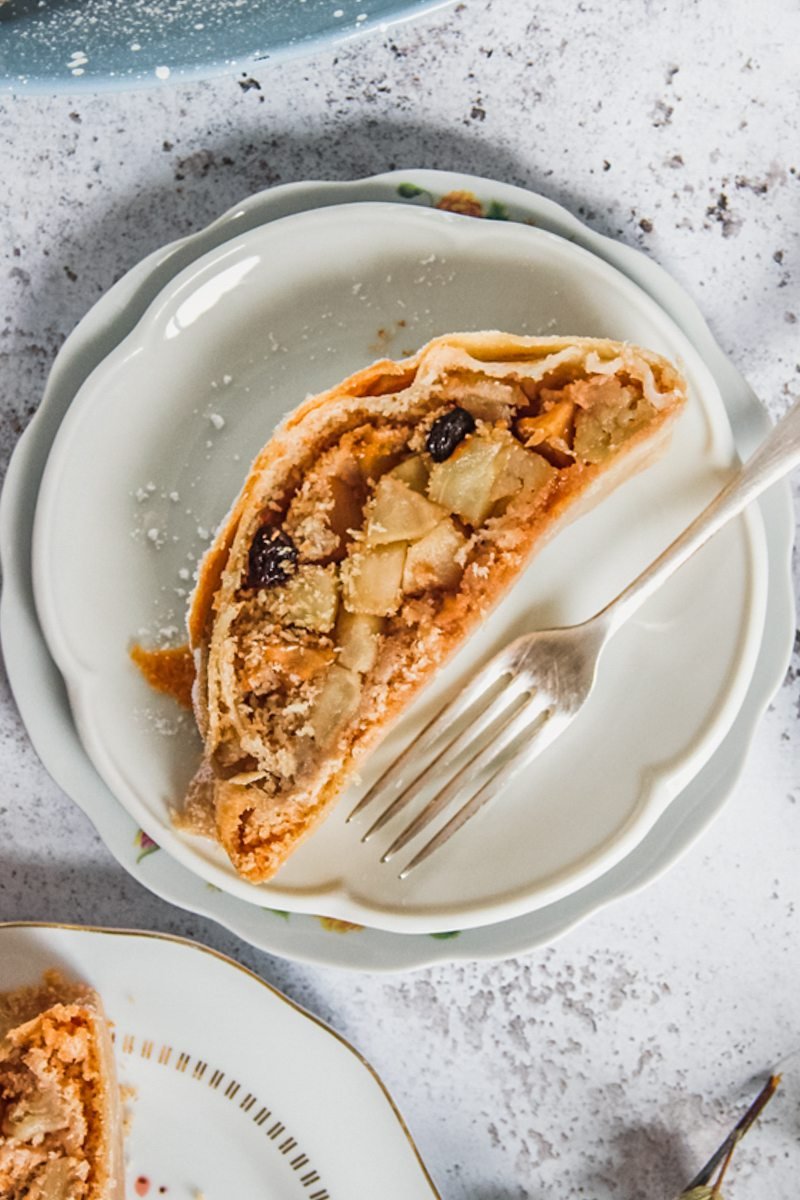
How to make Apple Strudel:
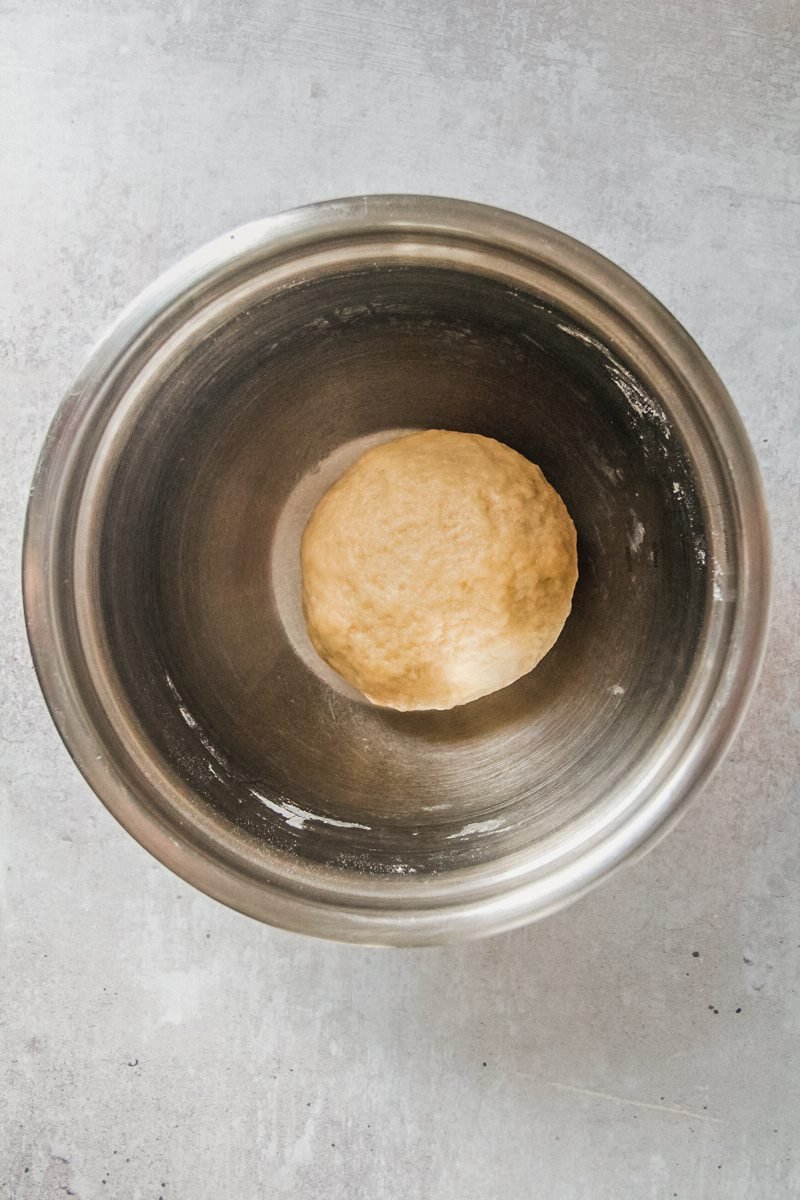
Step 1: Make the pastry: Stir a well into the flour and add the remaining ingredients to form the dough.
Step 2: Smooth: Combine the dough until it feels smooth to the touch before resting for 30 minutes.
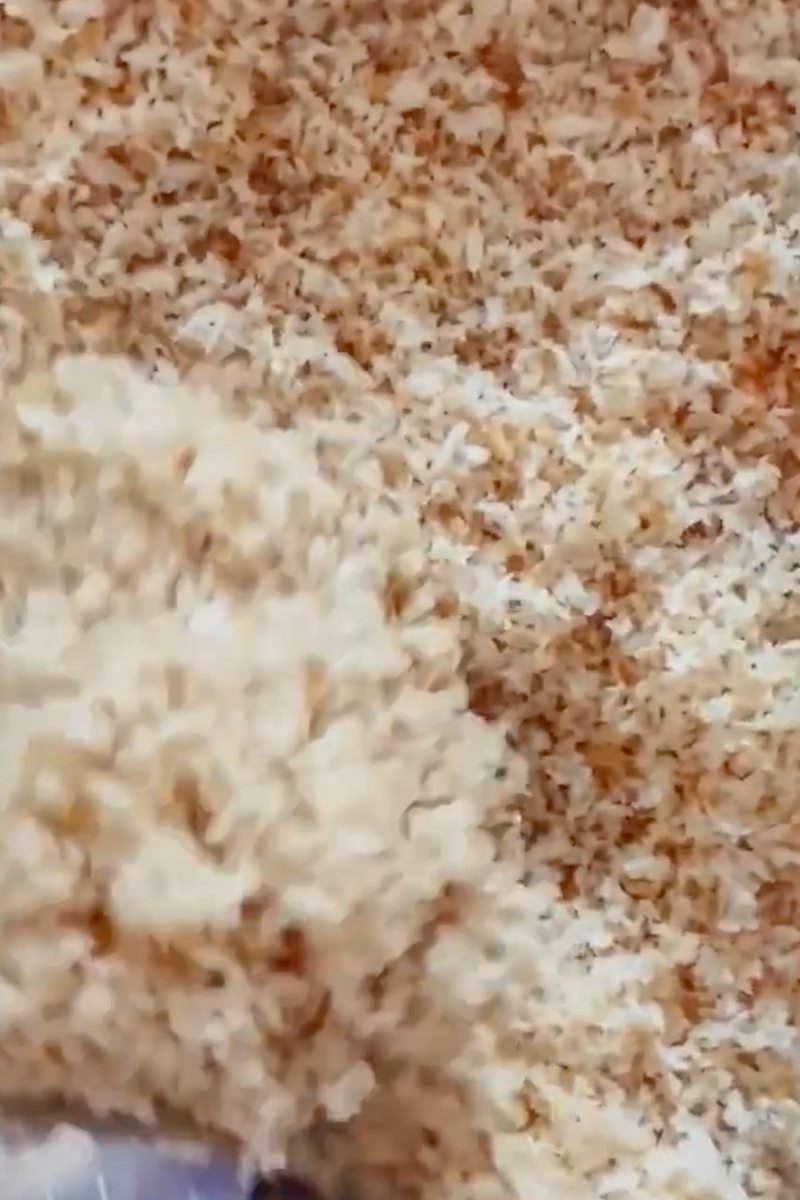
Step 3: Make the breadcrumb mixture: Toss the breadcrumbs in melted butter in a saucepan, stirring until lightly toasted. Set aside.
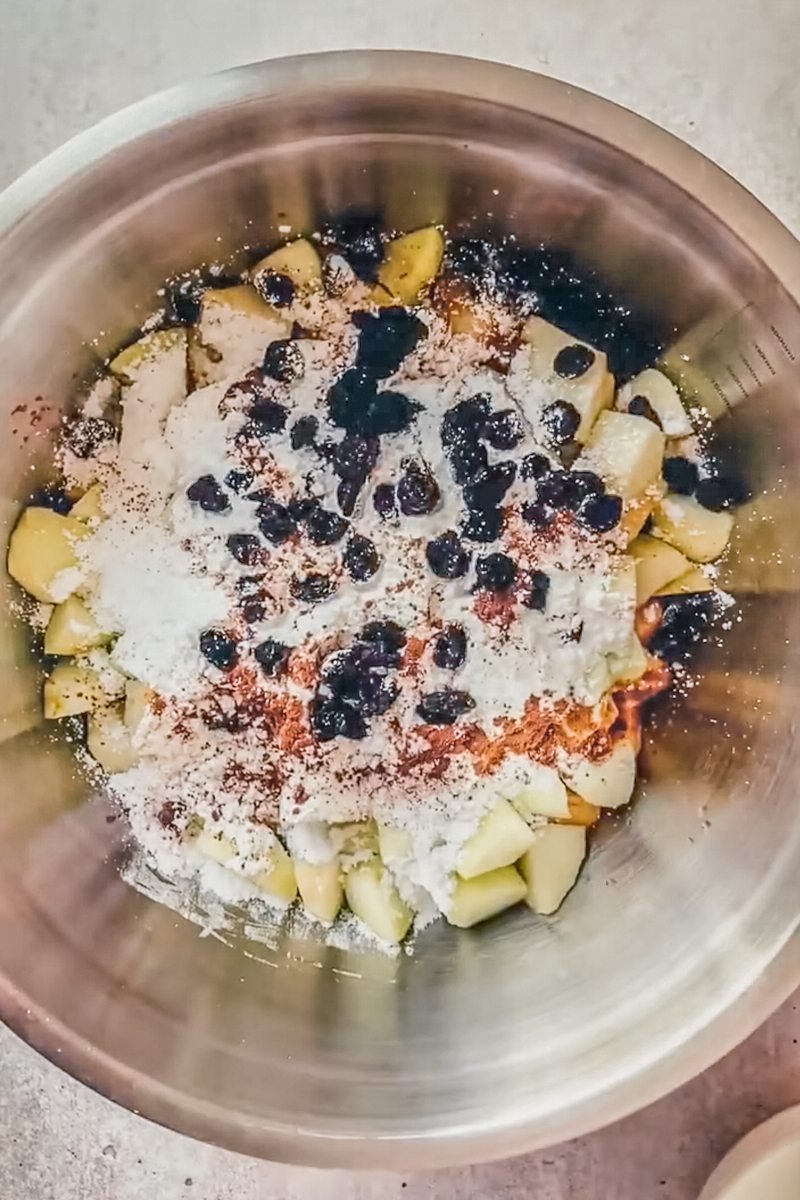
Step 4: Prep the apples: Meanwhile, peel, core and dice the apples.
Step 5: Spiced filling: Stir the apple filling ingredients together. Set aside.
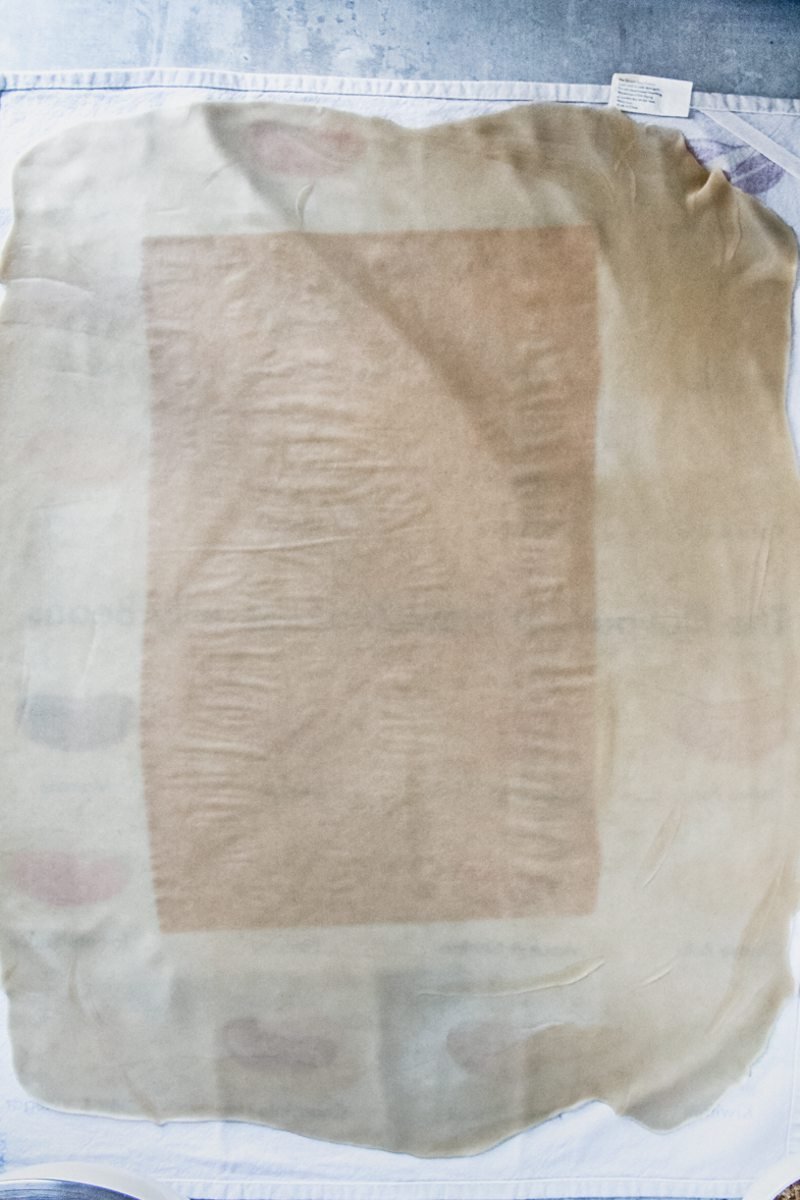
Step 6: See through pastry: Roll the pastry out on top of baking paper and tea towel until it is thin enough to see your hand underneath.
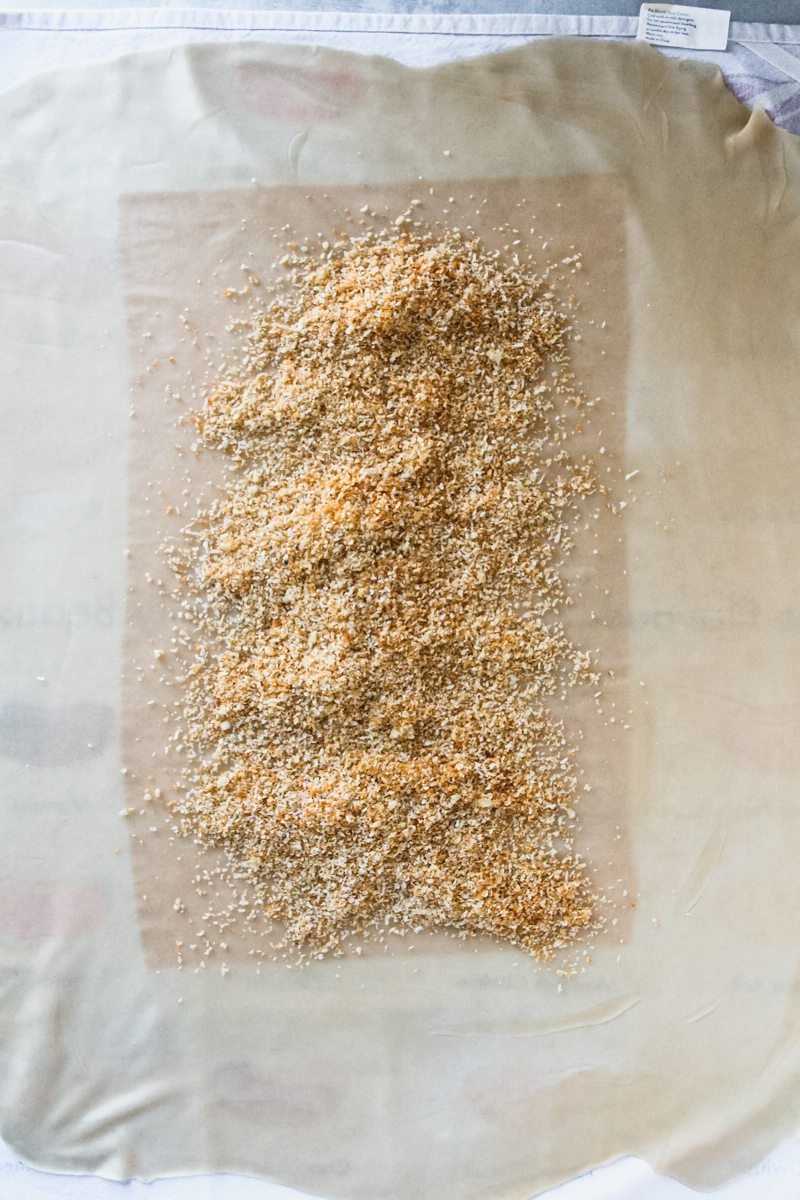
Step 7: Toasty breadcrumbs: Sprinkle ½ your breadcrumb mixture over the middle section of your pastry.
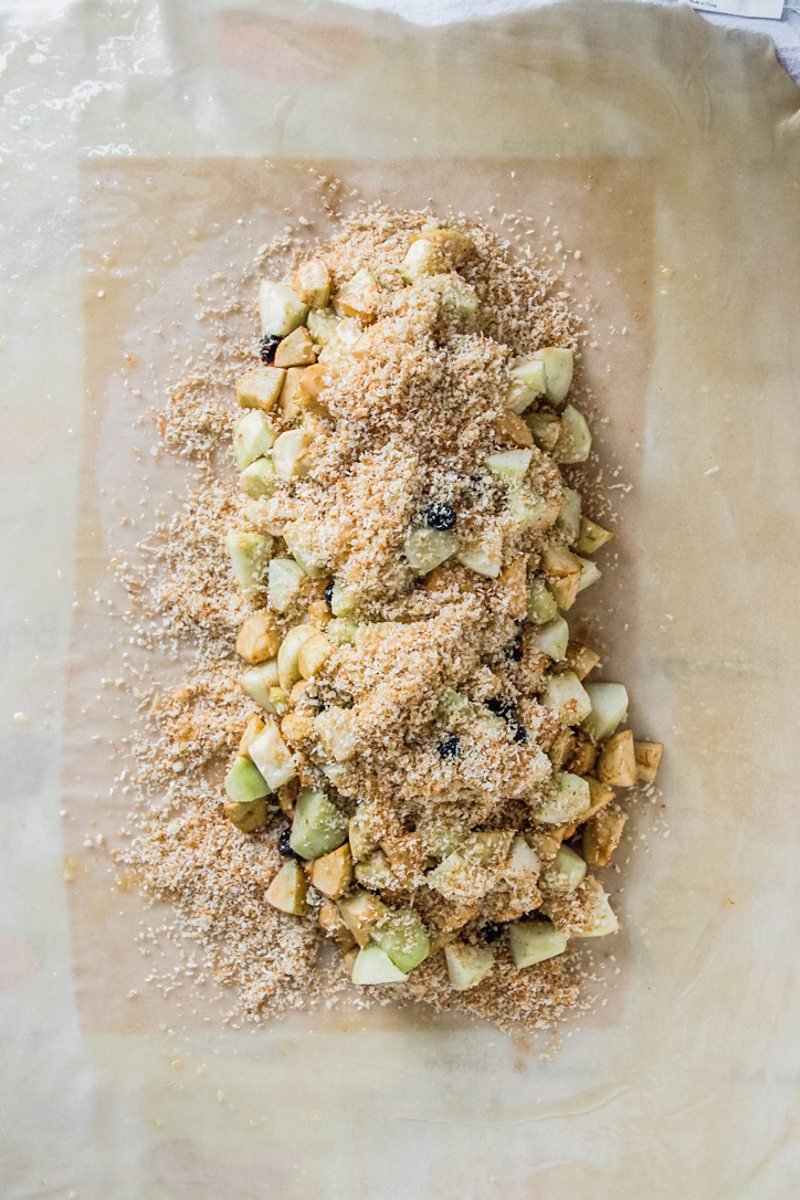
Step 8: Apple filling: Spoon the apples over the breadcrumb mixture and finish with the remaining breadcrumbs.

Step 9: Brush: Melt the remaining and brush over the entire edges of your pastry.
Step 10: Fold and fold: Fold the sides inwards and over the filling, pulling it lightly to firmly place up against the apples.
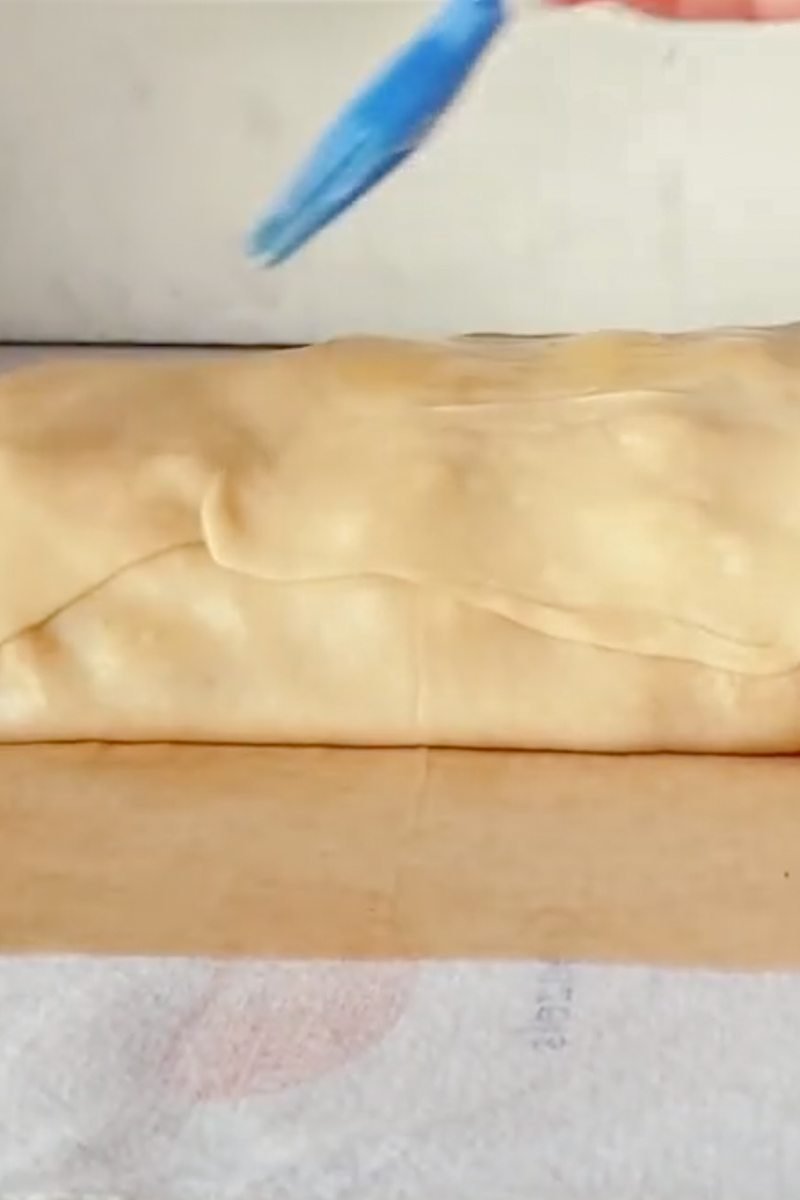
Step 11: Wrap: Pull the bottom portion of your pastry up and over the apples, with the help of your tea towel to smooth out the edges and ensure no pieces of apple pierce through. Repeat with the top portion of pastry.
Step 12: Melted: Brush with the remaining melty butter.
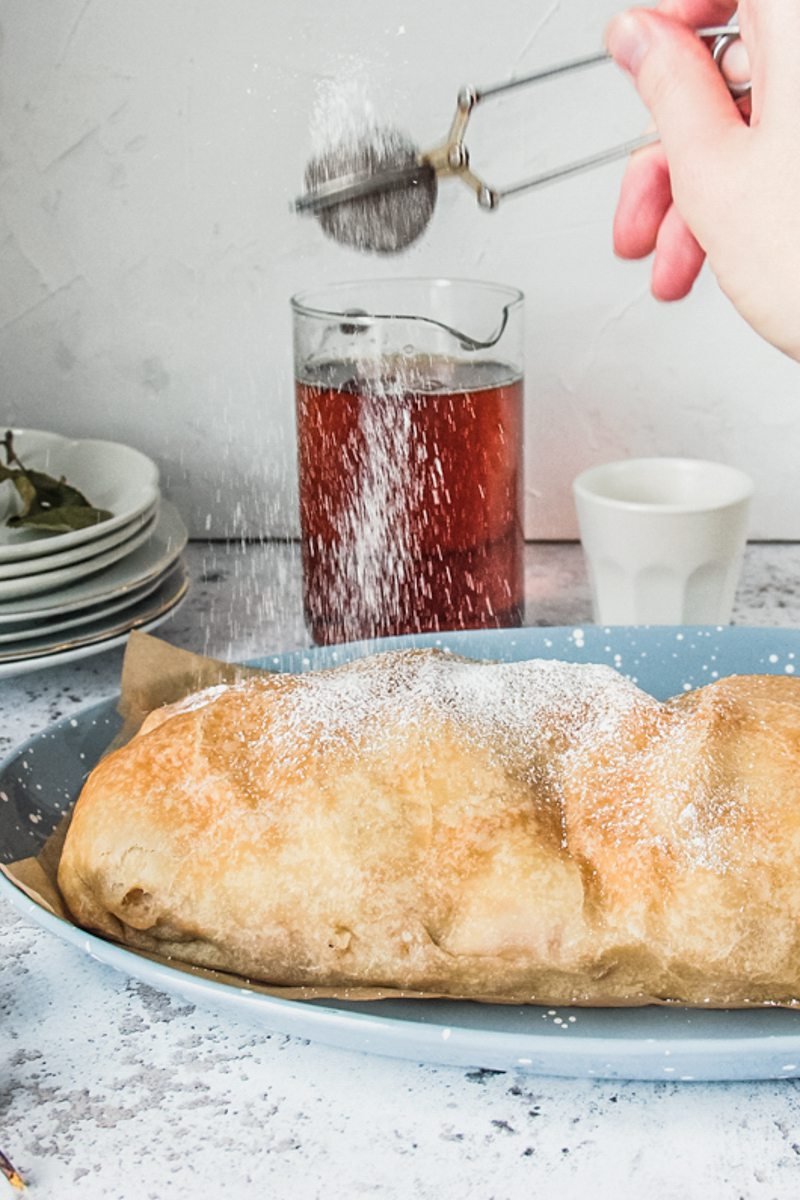
Step 13: Bake: Place onto your baking tray and bake until golden.
Step 14: Cool: Allow to cool completely before sprinkling over a little powdered sugar to serve.
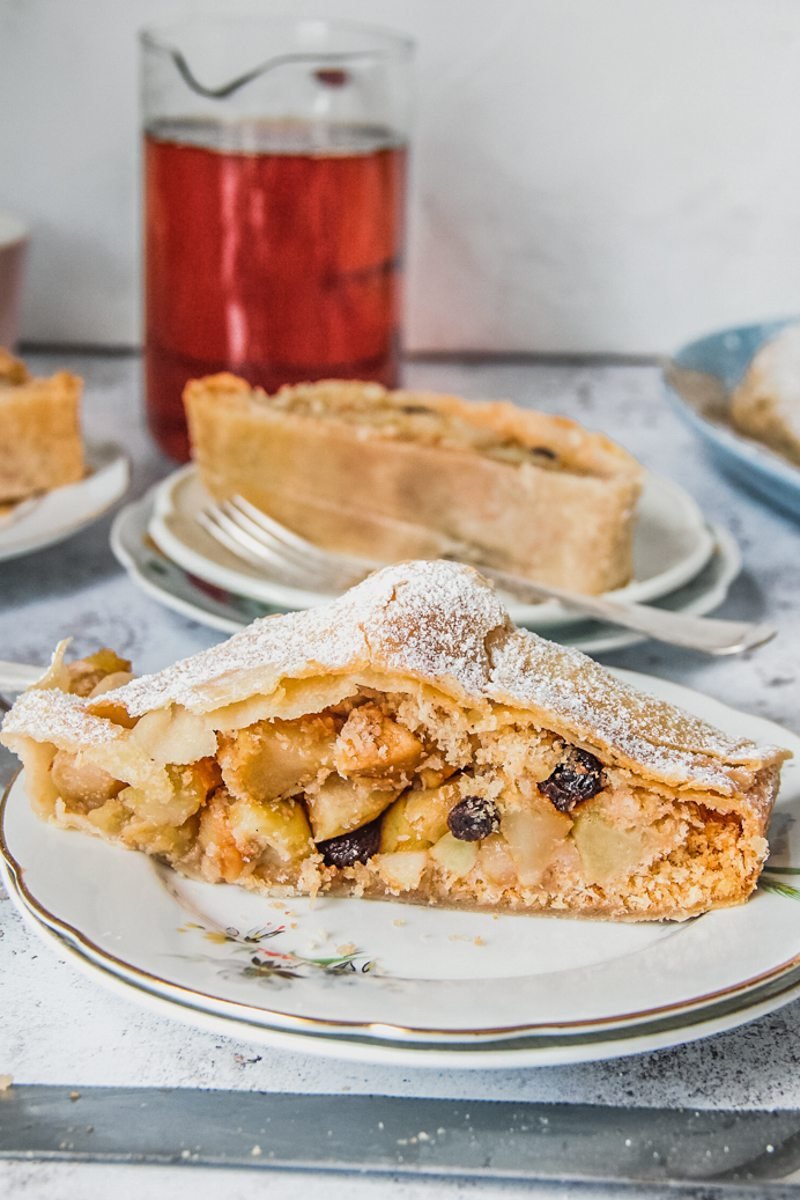
Step 15: Enjoy: Slice up with or without whipped cream on the side and dig in!
FAQ's for the best Apple Strudel
Absolutely! This Apple Strudel recipe can be made ahead of time, making it a convenient dessert option for parties or gatherings. Simply store the baked strudel in an airtight container at room temperature for up to two days. Warm it up in the oven before serving for the best taste and texture.
Yes, you can freeze Apple Strudel! After baking and cooling, wrap the strudel tightly and then place it in a freezer-safe container or bag. It can be stored in the freezer for up to three months. Thaw the frozen strudel in the refrigerator overnight before reheating in the oven.
Apple Strudel pairs wonderfully with various accompaniments. For a classic touch, serve it warm with a scoop of vanilla ice cream or a drizzle of caramel sauce. Whipped cream or a dusting of powdered sugar also make delightful toppings. Feel free to get creative and add your own favorite twists!
More apple recipes you’ll love
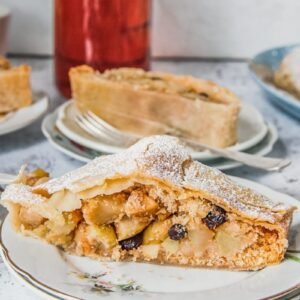
Apple Strudel
Ingredients
Pastry
- 200 grams / 1 ¼ cups bread flour see note
- 60 grams / ¼ cup sunflower or other neutral oil
- 80 grams / ⅓ cup water lukewarm
- ¼ teaspoon sea salt
Apple filling
- 100 grams / 1 cup breadcrumbs
- 80 grams / 2.8 ounces butter
- 1.5 kilos / 3 pounds apples
- 115 grams / 1 cup confectioner’s/icing sugar
- 50 grams / ⅓ cup raisins
- 5 grams / 1 teaspoon lemon juice
- 2 grams / 1 teaspoon ground cinnamon
Instructions
Pastry
- Place the flour into a large bowl and stir a well into the center.
- Add the oil, water and salt into the well and stir to form the dough.
- Combine the dough until no dry patches remain in the base of the bowl and it feels smooth to the touch.
- Cover and allow to rest for 30 minutes.
Apple filling
- Preheat the oven to 180C/350F.
- Meanwhile, place 40 grams / 3 tablespoons butter on medium heat until it melts.
- Toss in the breadcrumbs and stir to until lightly toasted.
- Spoon into a small bowl and set aside.
- Meanwhile, peel, core and dice the apples.
- Place into a bowl, stirring the lemon juice. Toss in the sugar, ground cinnamon and raisins and stir to coat evenly. Set aside.
Making your strudel
- Place greaseproof paper onto a baking tray and lay the dough into the center of your baking tray and slowly and carefully roll out until it is thin enough to see your hand underneath or the details in your tea towel.
- Sprinkle ½ your breadcrumb mixture over the middle section of your pastry.
- Spoon over the apples over the breadcrumb mixture, allowing at least 1 ½ inches on all edges.
- Smooth out the apple edges so none are sticking out before you begin folding your thin pastry.
- Melt the remaining 40 grams / 3 tablespoons butter and brush over the entire edges of your pastry.
- To create your strudel shape, pull the pastry on the side off your work surface and fold over the apple filling, pulling it lightly to firmly place up against the apples.
- Repeat with the other side of your pastry, folding over your apples nice and snug on the edges.
- Pull the bottom portion of your pastry up and over the apples, with the help of your tea towel to smooth out the edges and ensure no pieces of apple pierce through.
- For the top portion of your pastry, fold as carefully as prior, but truly smooth over at your edges.
- Brush with the remaining melty butter, place onto your baking tray and place into the oven to bake for 50 minutes, until golden.
- Remove and allow to cool completely.
- Sprinkle over a little icing sugar, slice and serve.
- Dig in!
Video
Notes
- Flour: Plain flour is recommended in most recipes, however, Austrian plain flour has a protein level (what gives baking a firmer crust to your baked goods) of 14%. The average protein level in plain flour in the US is 11% and 10% in the UK. In fact, bread flour has an average protein percentage between 12-13% making it more ideal here, for a couple of reasons. Firstly, we only knead the dough long enough to create a smooth texture. This doesn't activate the gluten to form a stiff finished product. Secondly, the dough needs to be rolled incredibly thin and hold itself up when shaping. The slightly firmer texture in bread flour will help avoid tearing in the dough.
- Apples: The apples used here were a mixture of ones I had picked and Granny Smith apples. This was a variety of sizes and the fact the flesh browned quicker than store bought. If you cannot pick your apples, it is recommended to use either Granny Smith or Royal Gala. These apples have a firm texture that hold their shape during baking and a slight sweetness which needs less added sugar.
- Lemon juice & Cinnamon: The lemon juice helps draw out moisture from the apples and stops browning, plain fresh lemon juice was used here as it has no additives. Ground cinnamon helps to give a depth of flavor to our strudel, though you can omit if you don’t like the flavor.
- Raisins: A traditional ingredient in strudel, however, if you or someone don't like raisins in baking, simply omit them. The raisins do add a little additional sweetness and depth in flavor here (sometimes, they’re even soaked in rum for 15 minutes before being added to the apples).
- Tea towel: An unusual necessary item for baking, but in this case, a clean tea towel doesn’t just give you a great additional area to roll your pastry on to without but also will help you roll the pastry nice and cleanly.
Store bought pastry: You can absolutely use store-bought phyllo or fill pastry in place of the homemade pastry. - Make ahead: Apple Strudel can be made ahead of time, making it a convenient dessert option for parties or gatherings. Simply store the baked strudel in an airtight container at room temperature for up to two days. Warm it up in the oven before serving for the best taste and texture.
- Freezing apple strudel: After baking and cooling, wrap the strudel tightly and then place it in a freezer-safe container or bag. It can be stored in the freezer for up to three months.
Nutrition
Subscribe to receive a free weekly newsletter using seasonal produce as well as exclusive content!
Made it and loved it?
If you have made this recipe, it would mean so much to leave a review below to help more people find this.



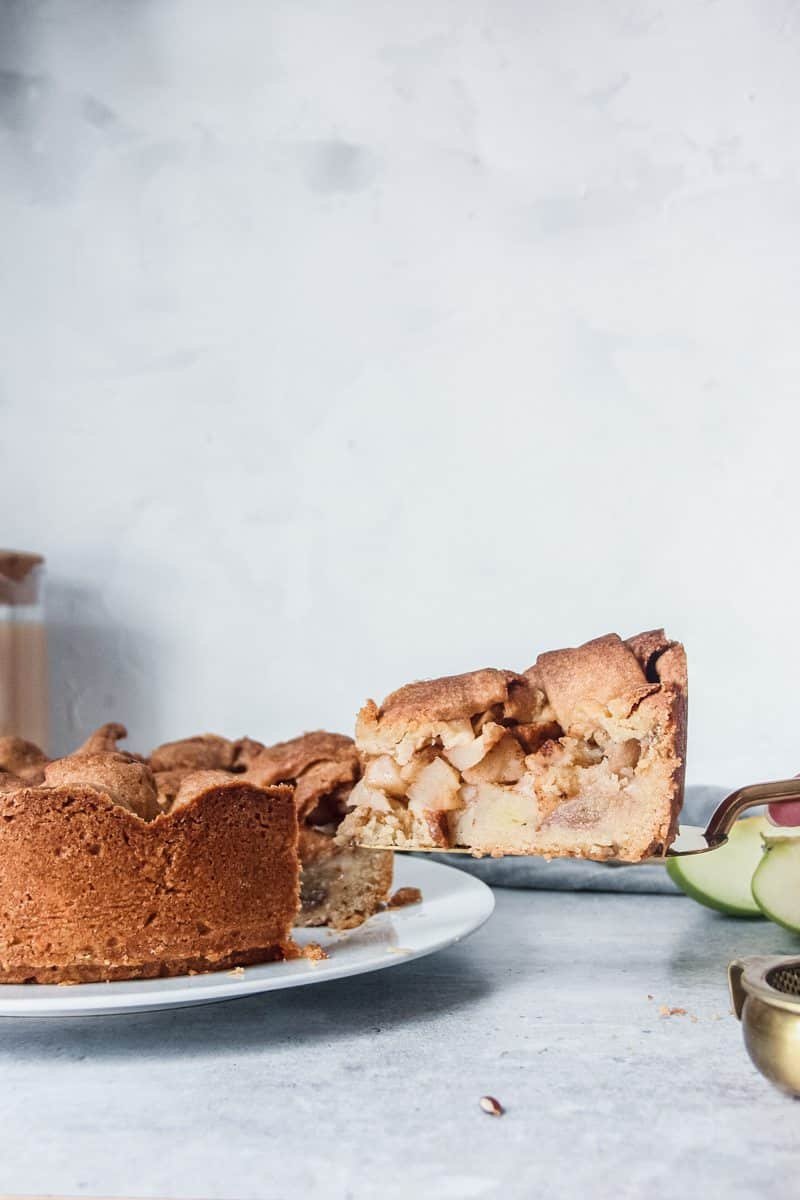
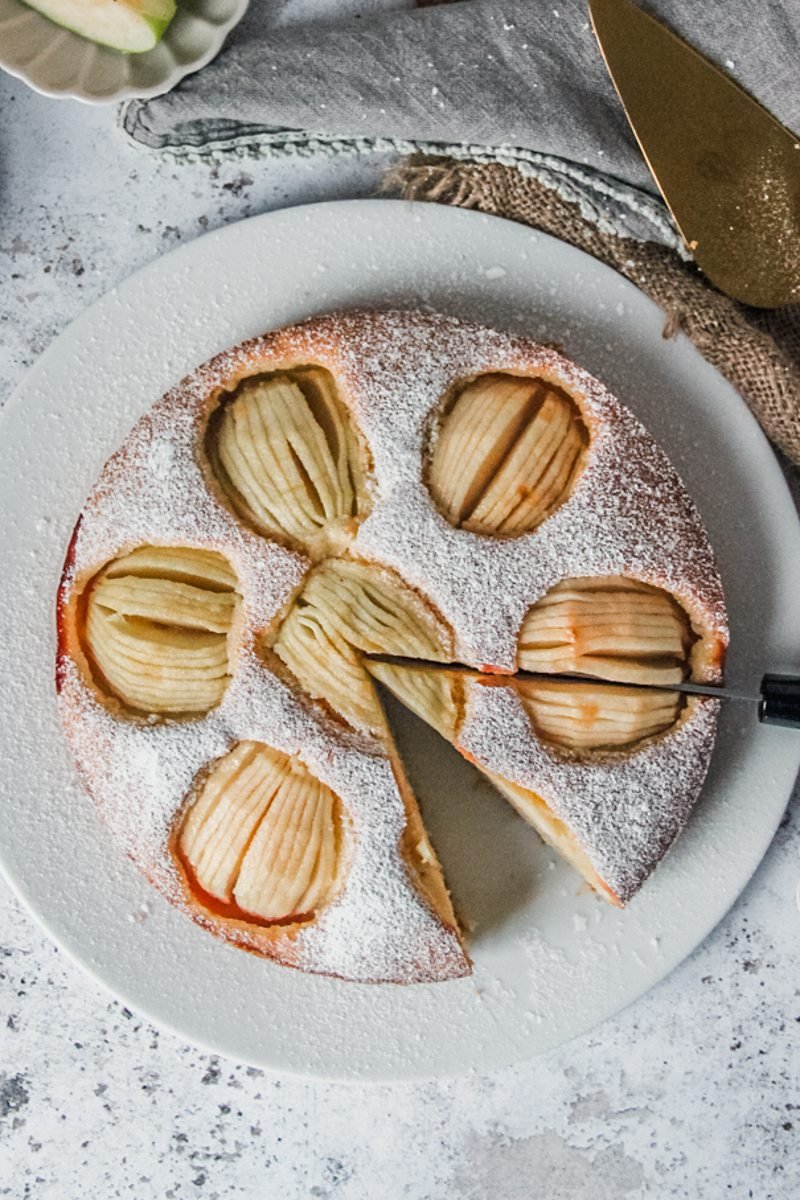

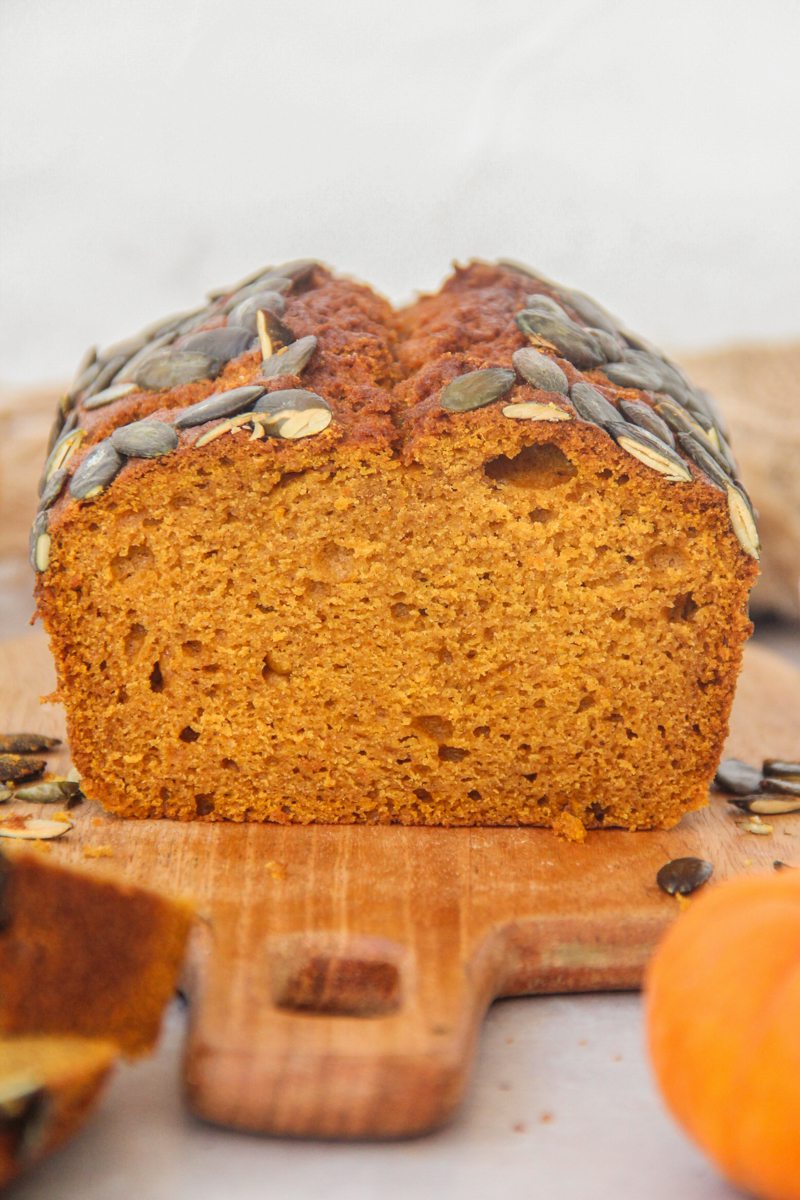


Leave a Reply